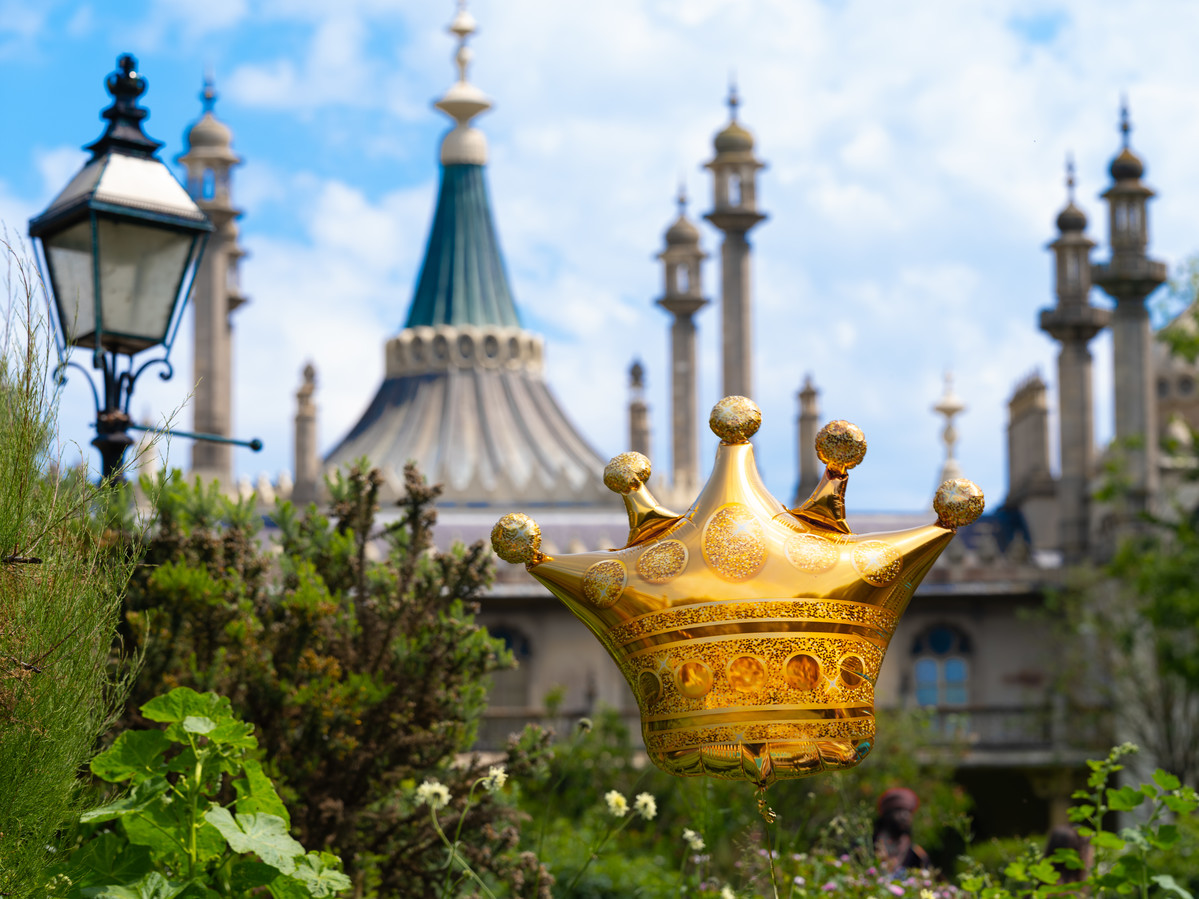Tiger-lily burning bright in Royal Pavilion Wonderland

The intriguing tiger lily gets its name from its intense red-orange colour and dark spots that look a bit like a big cat’s markings. William Blake’s famous line ‘Tyger Tyger, burning bright’, comes to mind when looking at Lilium lancifolium (or Lilium tigrinum) in full bloom.
Propagated at Kew for the royal garden
The tiger lily is native to Asia and was grown in China for its edible bulbs. Here in Europe they were highly prized in George IV’s time, and certainly would not have ended up on a Regency dinner plate.
They appear in botanical publications, such as Curtis’s Botanical Magazine, from at least 1796. Bulbs bound for Brighton arrived at Kew Gardens around 1811. They had been packed and sent from Canton by William Kerr, a gardener who had been trained at Kew and was dispatched to China for the sole purpose of sourcing indigenous plants, bulbs and seeds to be sent to the United Kingdom.
At Kew the royal gardener William Townsend Aiton received the precious cargo and successfully propagated the slightly menacing looking tiger lily. By 1812 he had distributed more than 10,000 bulbs.
A few dozen were planted in the Royal Pavilion Garden, in an area close to the Pavilion entrance. When the gardens were restored in the early 2000s, forty-eight tiger lily bulbs were planted again, corresponding to the original accounts. With a bit of luck you can spot them in late spring and early summer, vying for attention with their fiery spotted heads.

Lewis Carroll and Alice’s Garden of Live Flowers
The tiger lily features in several Victorian novels, both as a plant and as a name for characters. In Lewis Carroll’s Through the Looking Glass, and What Alice Found There (the sequel to his famous Alice’s Adventures in Wonderland), Alice enters a ‘Garden of Live Flowers’, where she finds a flower bed in which she finds a tiger lily.
To her astonishment, the flowers can all talk, but none more so than the tiger lily, who is bossy, loud, and orders the other flowers to be quiet, while ‘waving itself passionately from side to side, and trembling with excitement’ at the sight of Alice. There is even an illustration by John Tenniel of this encounter in the first edition of the book.

It is one of the many intriguing passages in the book, and I wonder whether Lewis Carroll ever saw the tiger lilies in the Pavilion Garden and was perhaps inspired by them.
He often stayed in Brighton with his sister, who lived at 11 Sussex Square in Kemptown at the eastern edge of Brighton, between 1874 and 1887.
This was of course after the publication of Through the Looking Glass (1871), but it is possible that he had visited Brighton before staying with his sister. At the very least he would have been reminded of the loud-mouthed floral character from his book when he wandered around the Pavilion Garden.

Lilies in Queen Victoria’s Apartment
In Chinese culture lilies are associated with enduring happiness and happy unions and are given as presents on many occasions, including weddings.
I was curious to find some on the Chinese wallpaper in Queen Victoria’s Apartment. As most flowers are depicted in stylised form and not botanically correct, it is hard to tell whether an intensely coloured and marked flower next to a magnificently rendered peacock could be a tiger lily, or even just a different kind of lily.
It is lacking the protruding stamen with the anthers that carry the pollen, and the colour is clearly not that of a tiger lily, but it does have a strong stem typical of lilies. If it isn’t a lily it may well be a Siberian Iris.

